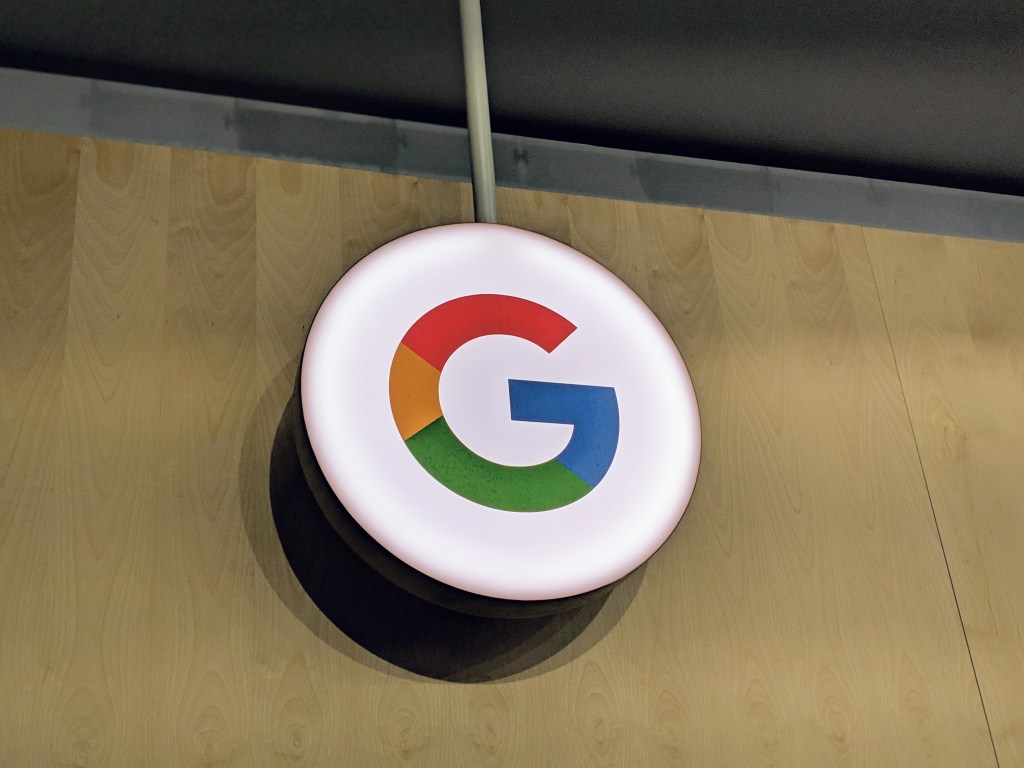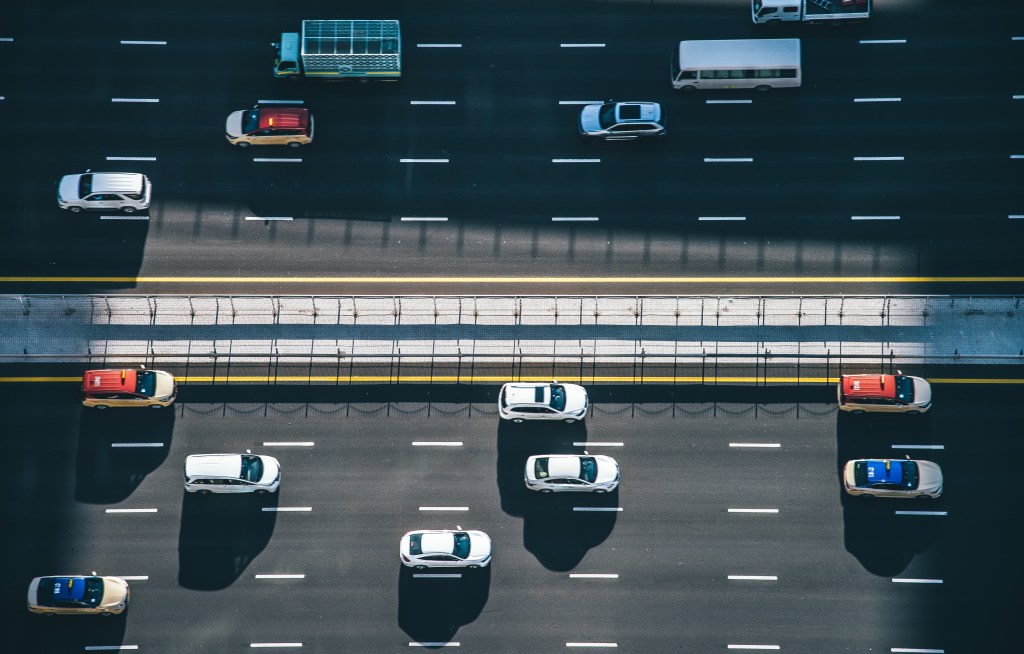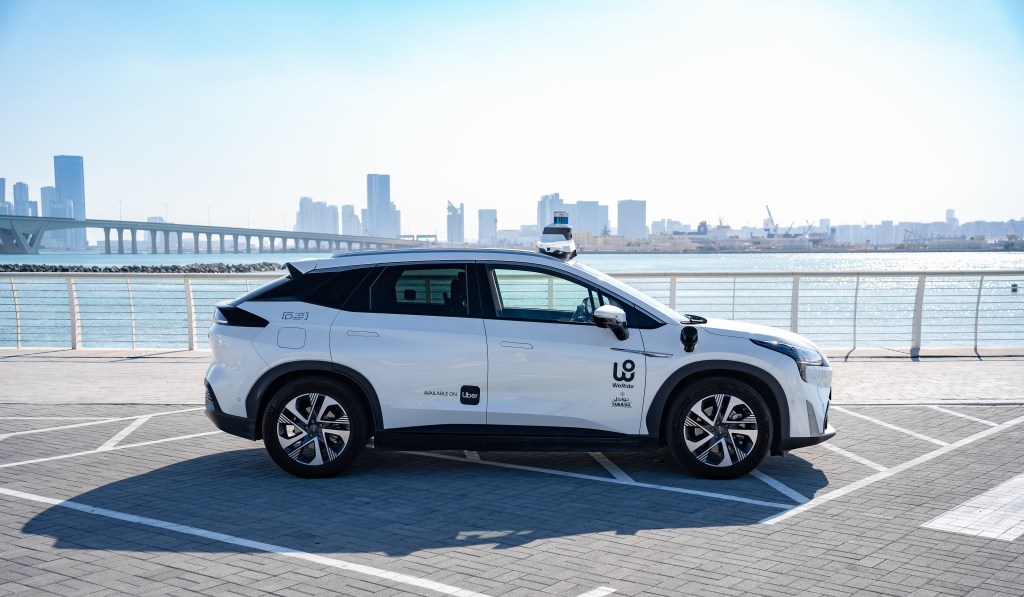Tesla has initiated the process to test and operate autonomous vehicles in Arizona, aiming to introduce its emerging robotaxi service to the Phoenix metropolitan region. The Arizona Department of Transportation (ADOT) confirmed that Tesla reached out to its Motor Vehicle Division (MVD) on June 26 to commence the certification process. The company has expressed interest in operating within the Phoenix Metro area and has applied for both autonomous vehicle testing and operations, with and without a driver. A decision on the application is anticipated by the end of July.
This move follows Tesla’s recent launch of a limited robotaxi service in South Austin, Texas, which began in June. The Austin pilot involved approximately a dozen vehicles, a select group of passengers, and several restrictions, including the presence of a safety monitor in the front passenger seat. Despite initial traffic issues and driving challenges reported on social media, CEO Elon Musk announced plans to expand the service to a larger area in Austin and, pending regulatory approvals, to the San Francisco Bay Area within the next two months.
In Arizona, Tesla’s senior regulatory counsel, Casey Blaine, has engaged in preliminary discussions with ADOT and the Arizona Commerce Authority. These conversations aim to facilitate introductions to Maricopa County government and law enforcement officials ahead of any potential launch. The regulatory landscape in Arizona is considered less stringent compared to states like California, making it an attractive location for Tesla’s autonomous vehicle operations.
Arizona’s regulatory framework requires autonomous vehicle companies to follow a self-certification process for testing and operations, both with and without a driver. However, to operate a ride-hailing service, companies must also obtain a Transportation Network Company (TNC) permit. Waymo, a subsidiary of Alphabet Inc., has successfully navigated this process and currently operates a driverless robotaxi service across approximately 315 square miles of the Phoenix metro area, including downtown Phoenix, Tempe, Scottsdale, Chandler, parts of Mesa, and trips to and from Phoenix Sky Harbor International Airport.
Waymo’s presence in Arizona is significant. The company has been operating its driverless ride-hailing service in the Phoenix area since 2020 and has plans to double its robotaxi production at its Mesa, Arizona plant by the end of 2026. This expansion underscores the competitive landscape Tesla is entering as it seeks to establish its robotaxi service in the region.
Tesla’s approach to autonomous driving technology differs from that of its competitors. The company relies on a vision-only system that uses cameras and artificial intelligence to navigate, eschewing the use of Lidar and radar, which are employed by companies like Waymo. Critics argue that Lidar provides a level of redundancy and accuracy that cameras alone cannot match, particularly in adverse weather or poor lighting conditions.
The expansion into Arizona represents a strategic move for Tesla as it seeks to establish a foothold in the autonomous ride-hailing market. The Phoenix metro area, with its favorable regulatory environment and existing infrastructure for autonomous vehicles, offers a promising opportunity for Tesla to deploy its robotaxi service and compete with established players like Waymo.



